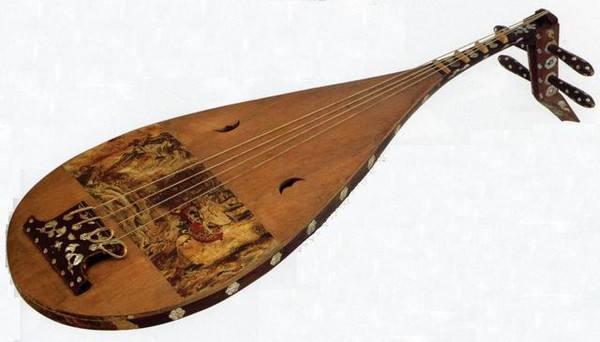The combination of pipa learning skills
In the process of learning any musical instrument, tension and relaxation will be involved, and learning the lute is no exception. A reasonable grasp of "tension" and "relaxation" can lay a solid foundation for prolonging the life of performance.

Playing the lute is performed with the joints of the arms, wrists and fingers. The movement of the joints comes from the contraction of the muscles, which requires us to experience it through feeling. Tension and relaxation are relative. Looseness is not innate, and tightness is not obtained from stiffness. Looseness is the starting point of tightness. There is no real looseness without tightness. The concept of muscle tension must be established in dynamic training.
Here we must first distinguish between the two concepts of movement and force. In order to make the fingers move when playing, the knuckles or arms have to move more or less, and the force used to support this movement is very small, and it is carried out in a looser condition. The so-called force is the force at the moment when the fingernail or finger end touches the string body. It needs the corresponding tightening of the muscles to support it, which is the concept of tension we mentioned earlier. It can be seen that the exercise is carried out in a relatively relaxed state, that is, the relaxation we mentioned earlier, and the exertion is completed instantaneously when needed, that is, the tension mentioned above.
Relaxation and tension are not only relative, but also preconditions and transition conditions for each other. Pipa performance is a combination of countless relaxing and tense movements. When playing the sound, the fingers stand on the strings and exert their own force, and the tension of the muscles moves the center of gravity with the change of the finger. Relax immediately. This is the dynamic switch between tension and relaxation.
Emphasizing tension and relaxation is not the study of the concept itself, we can't just understand it abstractly, we need to express it and put it into performance. How can we use it successfully? In addition to the aforementioned senses, we also need to develop hearing, and the two go hand in hand.
To put it simply, tense movements produce a dry and rigid sound, while relaxing movements produce a clear and elastic sound. When the right-handed technique is used, in addition to the conceptual content explained above, it needs to be tested by sound. Whether the tense touch string is transparent and firm is the standard to measure whether the inner muscles are in a relaxed state before the movement. If the fingers are already tense before touching the strings, it is not that they are tense immediately before touching the strings. It is equivalent to plucking the strings with an inflexible hard piece. When touching the strings, the movements are rigid and inelastic, and the pronunciation must be dry and hard. It can be said that the quality of pronunciation is a direct reflection of the state of finger movement muscles, which all need to be completed by hearing.
In addition, hearing does not only detect the motion state of the right hand, but also the left hand. Both hands of each of us are controlled by the brain at the same time, and the movement states of the hands cannot be different. Unless required by humans, as long as we put our hands in a relaxed state before exercising, the quality of the tone can reflect the tightness of the finger muscles.
The reason why tension and relaxation are the basic content of learners throughout the whole process is that they are directly related to the pleasantness of music and the degree of freedom of the learners themselves. , With a little attention to hearing, you can learn and play as you like.
 渝公网安备 50010702504639号
渝公网安备 50010702504639号